When and how to cut liatris when preparing for the winter, ways of shelter
Liatris is a beautiful perennial flower from the Asteraceae or Asteraceae family. In nature, the plant grows in North America and Mexico. It has an amazingly beautiful bloom and a delicate pleasant aroma. Liatris is an unpretentious plant, but still needs some care and, of course, preparation for winter.
When and how to prune for the winter
Liatris blooms until mid-autumn, starting to bloom not from below, like other flowers, but from above. Gradually, its inflorescences finish their flowering. Just after the flower completes this process, and the foliage on it turns yellow and falls off, its stems should be cut off. This is done with a pruner or a well-sharpened knife, cutting off the shoots to the very root.
Pruning is done so that spores of the corm fungus do not become infected through the stems in the cold season. This can lead to various diseases, including decay of the plant root system.
Hilling plants
During the summer, the corm gradually "bare", appearing from under the ground, since the root system of the liatris is quite close to the surface of the earth. Therefore, before wintering, the bushes need hilling. The earth is raked in the form of a cone. You can add additional substrate.
Hilling will not only help the bushes to overwinter, but also improve air exchange in the upper soil layer, which is a kind of prevention of some plant diseases and a stimulator of root growth.
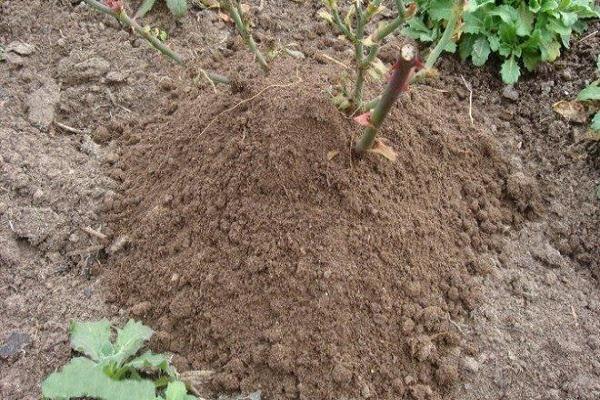
Shelter for Liatrice for the winter
In moderate climatic conditions, for example, in the Moscow region, liatris can winter without shelter, but on condition that the winter is snowy. In snowless winters or in severe frosts, the shelter of the plant is necessary, otherwise the rhizomes may freeze out.
It is best to use peat, spruce branches or dry humus as a shelter. You can also use a wooden box or plywood sheet. As a last resort, dry leaves from the garden will do. The thickness of the mulch should be about 15 cm. This will be enough for the plants to winter safely.
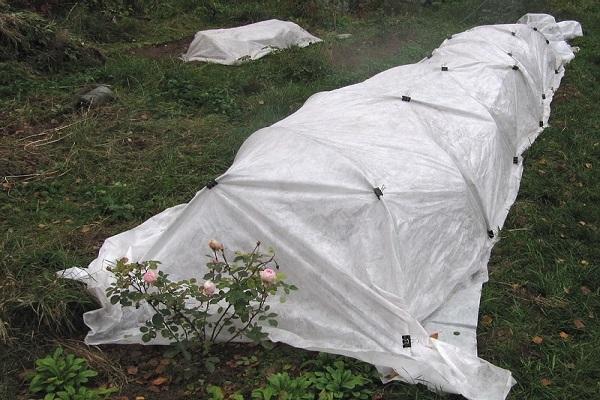
It is not recommended to use straw and hay for mulching for the winter. These materials attract rodents, which will nest in a warm, secluded place and can damage the plant's corms.
The shelter will not only protect the bush from freezing, but will also help maintain the necessary soil moisture.
Good to know! Without shelter, Liatris can withstand frosts down to -15 ° C under the condition of a snowy winter.
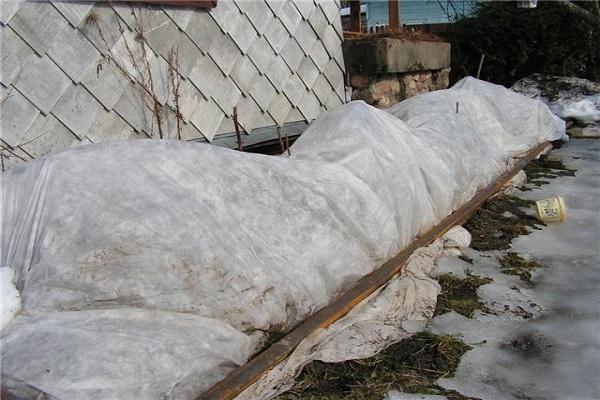
Do I need to dig
Liatris is dug up only in case of severe winters, such as in Siberia or the Urals.In regions with more favorable weather, digging is not necessary.
Bushes dug out for the winter are placed in a box or box with wet peat and left in a cool place, in a refrigerator or cellar. The tubers are left in this form until spring. Liatris can be planted back into the open ground immediately after the end of the frost.
Before transplanting into the ground, the tubers are carefully examined. They should be free of any damage, stains or signs of decay.
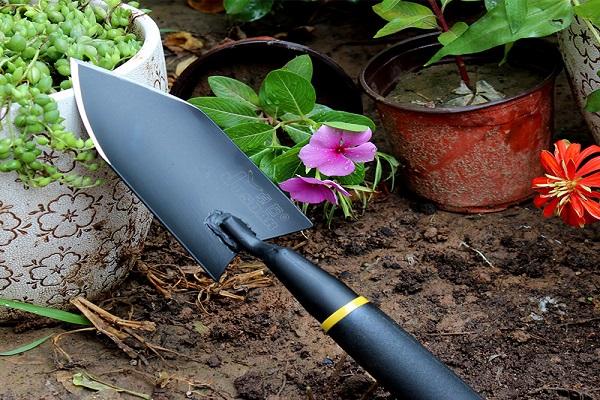
For planting, dig the required number of holes 10 cm deep at a distance of 30-35 cm from each other. A third of the humus is poured into each hole and the liatris tuber is sent into it. You need to find a depression on it and place the tuber so that it "looks" up. It is from it that the first green shoots will begin to appear. Next, the tubers are covered with fertile soil and carefully tamped it. The planting procedure ends with watering. A month later, the first shoots will appear.
Possible care errors
Sometimes gardeners make mistakes in the cultivation of liatris, which can lead to problems, illness and even the death of a flower:
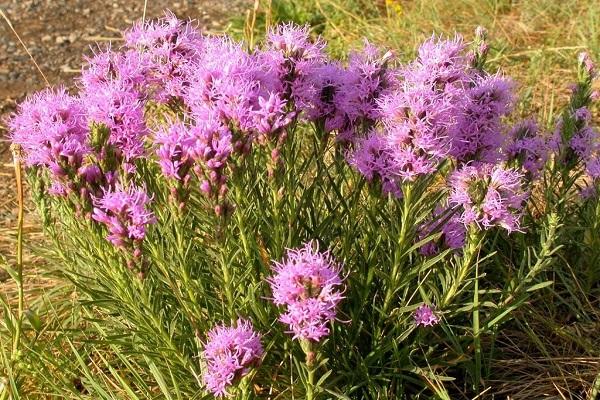
- Often, gardeners try to grow liatris from seeds collected on their site. But from such raw materials it is almost impossible to grow a plant that looks like a mother bush. Even the color of the inflorescences may be different. It will be possible to find out about this only 3 years after sowing the seeds, since the plant will begin to bloom only after this period. If you want to grow flowers from seeds, it is better to purchase them in a specialized store.
- Unknowingly, some gardeners plant a flower in a shady area of the garden or on too wet soil. But in such conditions, the bush will not develop. Liatrixes love sunny and bright areas.
- These bushes need regular watering, but you should not be zealous, because excessive moisture can cause the death of the plant.
- The plant is unpretentious and adapts well to almost any conditions, but it is incorrect to assume that it does not need feeding. The flower will bloom, but its development will be slow, and the bush will not be as dense and lush. It is necessary to carry out at least 3 dressings per season.
- Gardeners often loosen the soil under the flower, but it is better not to do this, because the root system of the bush is too close to the surface of the ground and it is easy to damage it. Instead of loosening the bush, you need to huddle more often and remove weeds by hand. If the gardener still decides to loosen the soil under the bush, this must be done with extreme caution.
- It is wrong to leave fading and dried inflorescences on the bushes. They must be removed immediately, then the flowering of the shrub can be significantly extended. In addition, pruning will help prevent seeds from spreading throughout the area. After the inflorescences dry, the wind will blow the seeds, and in the spring they can sprout in the most unexpected places.
- You should not leave the bush to grow in one place. It is recommended to replant it every 4 years. Otherwise, the bush will become smaller every year and not bloom so actively, in the end it may completely die.
Liatris is a spectacular plant that will adorn any garden, subject to simple care rules and proper preparation for winter. It looks great both as a stand-alone plant and in combination with other types of flowers.









